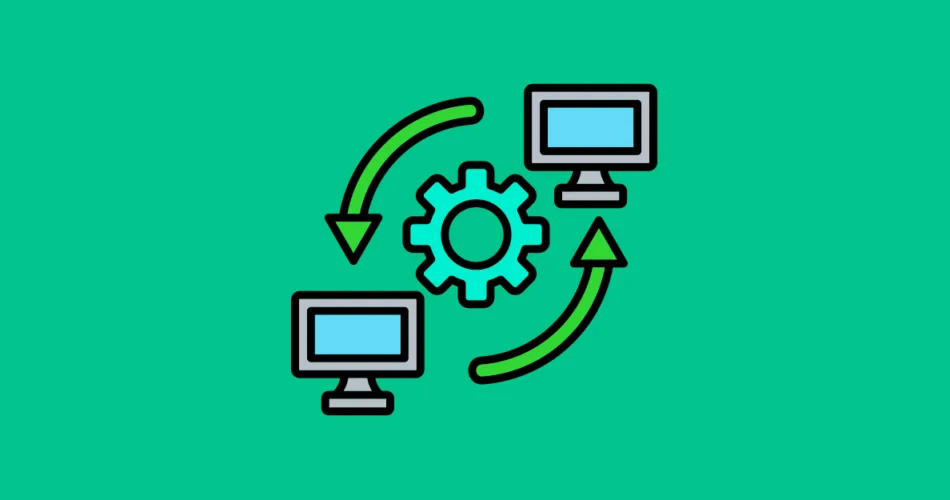Modern web applications often require real-time updates and efficient handling of asynchronous operations. In this guide, we’ll explore the powerful concepts of webhooks and asynchronous APIs. We’ll delve into their introduction, implementation, and compare polling with webhooks for efficient data retrieval.
Introduction to Webhooks
Webhooks are a mechanism for real-time communication between two systems. They allow one system to notify another about events or updates as they happen. This event-driven approach is highly efficient for scenarios where immediate action or notification is required.
Implementing Asynchronous Operations
Asynchronous operations are essential for tasks that may take time to complete, such as processing large files or sending emails. Implementing asynchronous APIs involves designing endpoints and workflows that initiate tasks in the background, freeing up the main application to handle other requests.
Polling vs. Webhooks
When dealing with asynchronous data retrieval, two common approaches are polling and webhooks:
- Polling: Polling involves clients repeatedly querying the server for updates. While it works, it can be resource-intensive, as it requires frequent requests, leading to increased server load and latency.
- Webhooks: Webhooks, on the other hand, enable the server to push updates to clients as soon as they are available. This approach minimizes unnecessary requests, reduces server load, and provides real-time updates without the need for continuous polling.
// Java Example: Implementing Webhooks
@PostMapping("/webhook/callback")
public ResponseEntity<String> webhookCallback(@RequestBody WebhookData data) {
// Process the data and trigger actions
// ...
return ResponseEntity.ok("Webhook received and processed.");
}
By implementing webhooks and asynchronous APIs, you can enhance the efficiency and responsiveness of your applications. Webhooks enable real-time communication, while asynchronous APIs efficiently manage long-running tasks, providing a smoother user experience and reducing server load.
When deciding between polling and webhooks, consider the specific requirements of your application. If real-time updates are crucial and resource efficiency is a concern, webhooks may be the preferred choice. On the other hand, polling can still be suitable for scenarios where immediate updates are not essential.
In conclusion, webhooks and asynchronous APIs are valuable tools for modern web applications. They enable real-time communication and efficient handling of asynchronous operations. By choosing the right approach for your application, you can provide a responsive and resource-efficient user experience.
Subscribe to our email newsletter to get the latest posts delivered right to your email.


Comments